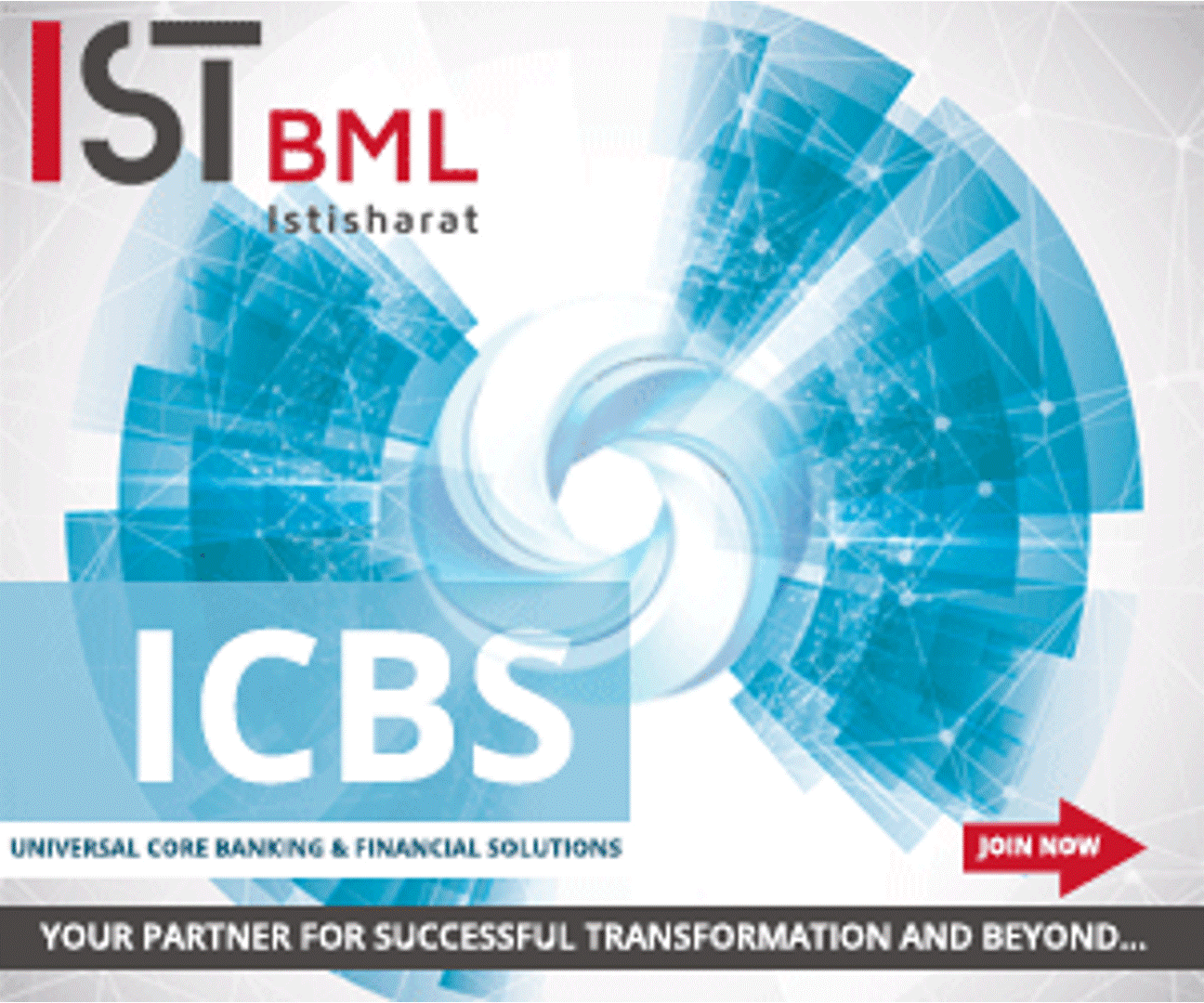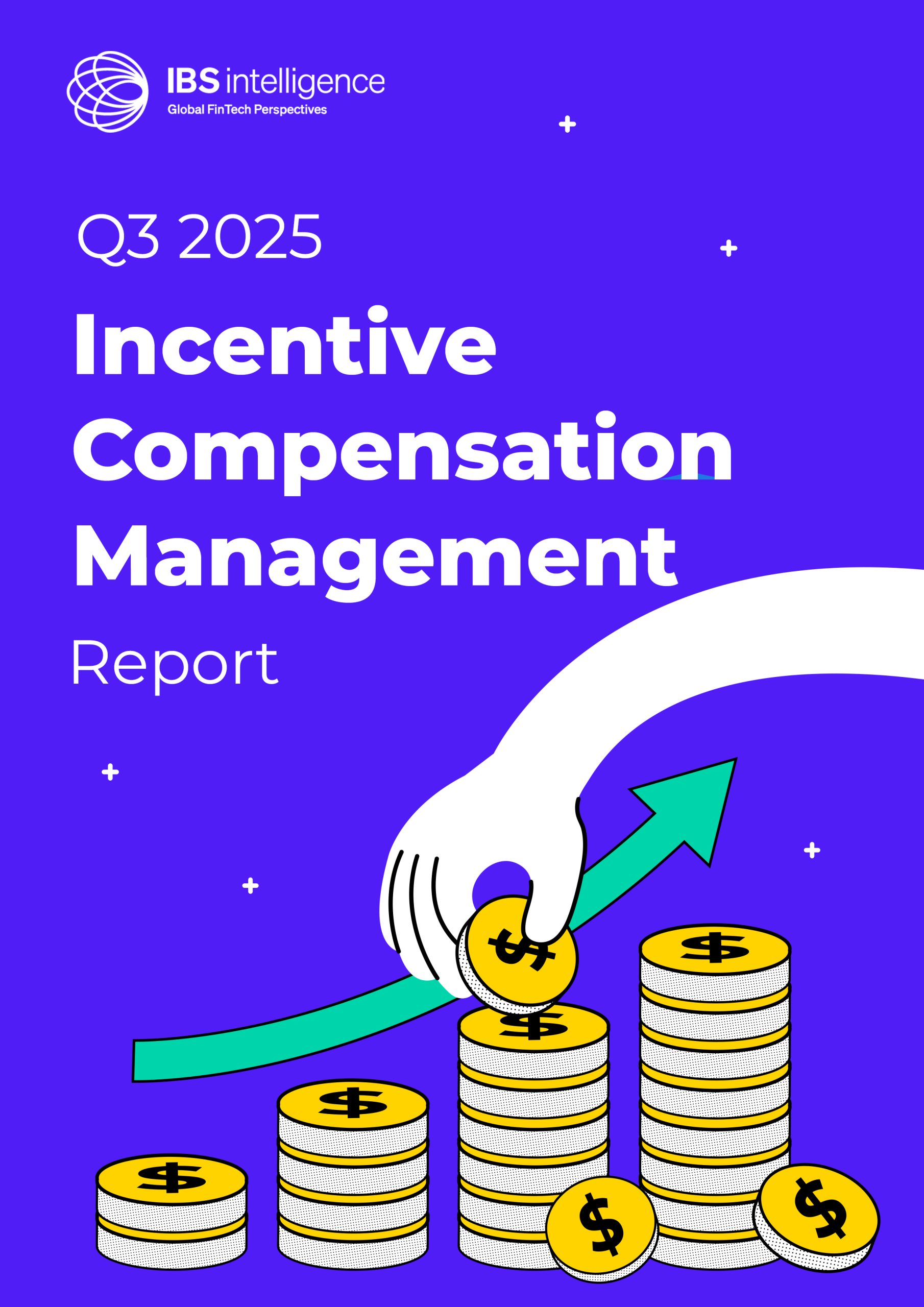 Back
Back
Solflare & Mastercard unveil self-custody crypto card
By Vriti Gothi


Solflare has partnered with Mastercard to launch a self-custody debit card built on the Solana network, marking a notable step in efforts to link blockchain-based assets with everyday payments. The Solflare Card, available initially in the UK and European Economic Area, enables users to spend USDC directly from their non-custodial Solflare wallets without preloading or converting funds in advance.
The launch comes as the crypto sector continues to push toward practical, compliant consumer use cases, especially around stablecoin payments. By integrating Mastercard’s global network, Solflare aims to extend crypto spending capabilities to more than 150 million merchants, further embedding digital assets into traditional payment rails.
Christian Rau, senior vice president of Global Partnerships, Digital Assets, Blockchain and FinTech Enablement at Mastercard, said, “By working with partners like Solflare, we further that mission and empower users through safe, simple and instant access to their crypto assets – truly bridging the gap between digital asset ecosystem and everyday payments.”
The self-custody design is central to the product’s positioning. The card links directly to users’ private wallets, with keys remaining under user control while Solflare manages the underlying transaction flow. Each payment is signed with user approval, supported by three-factor authentication including biometrics, a PIN and the physical card. Additional security features include fraud detection, real-time notifications and 3DS. The card will launch with Google Pay compatibility, with Apple Pay integration planned.
Vidor Gencel, Co-Founder and Co-CEO, Solflare, said, “Facilitating instant off-ramping of crypto assets through a debit card represents a paradigm shift in how the industry will be viewed by sceptics. Solflare Cards embody crypto’s tonal shift from speculative asset to everyday currency.”
The rollout underscores ongoing competition among crypto firms seeking to build compliant, user-friendly bridges between stablecoins and mainstream financial infrastructure, particularly in Europe, where regulatory clarity around digital assets continues to evolve.
Previous Article
IBSi FinTech Journal

- Most trusted FinTech journal since 1991
- Digital monthly issue
- 60+ pages of research, analysis, interviews, opinions, and rankings
- Global coverage







